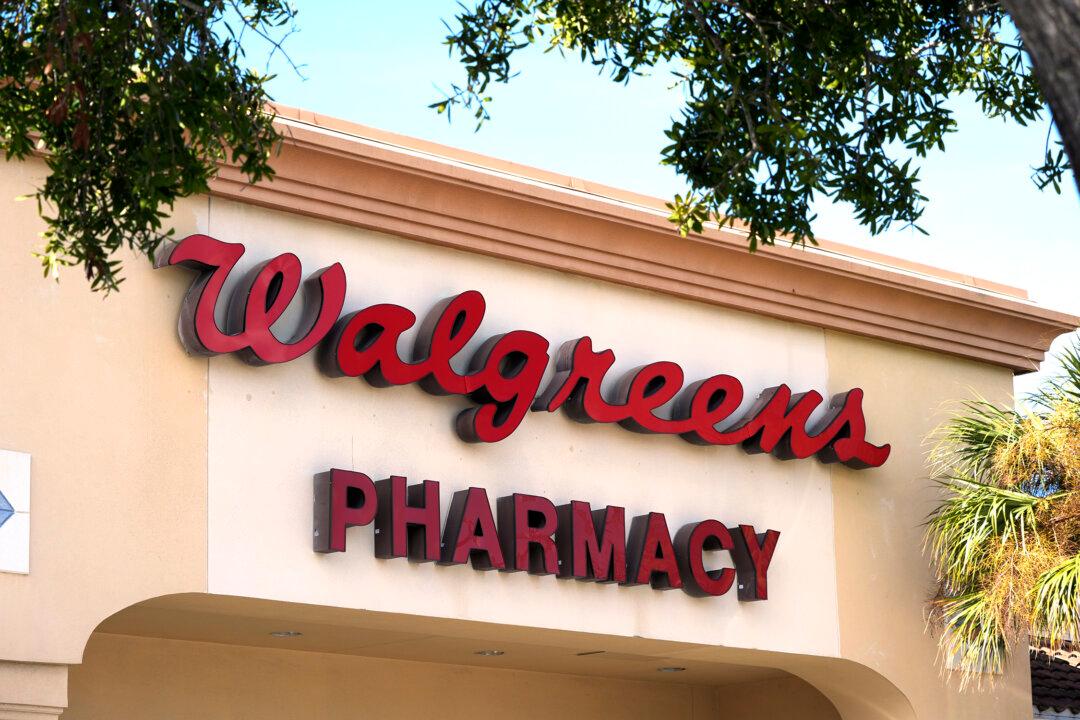Commentary
Walgreens Boots Alliance, the publicly listed “integrated healthcare, pharmacy and retail” company that owns the Walgreens retail chain, just announced its annual and fourth quarter financial results. The details provide a further clue as to just how disconnected the consumer price index (CPI) statistics of the Bureau of Labor Statistics (BLS) appear from the real-world inflation ravaging American households.





